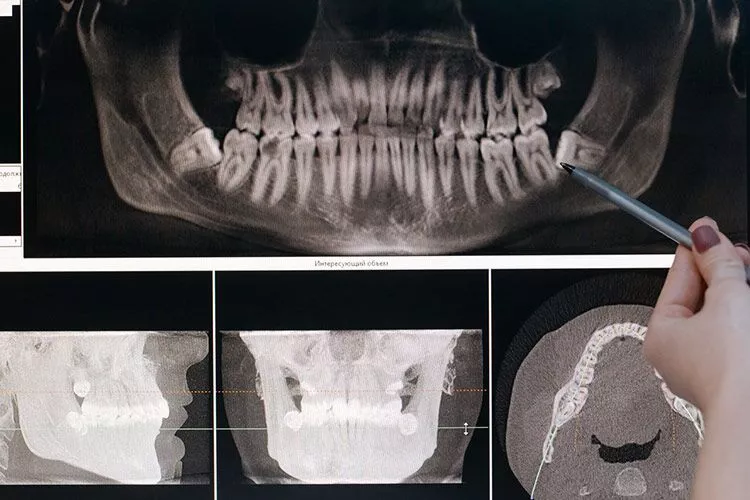An obvious sign that teeth are beautiful, pearly white, and healthy are the gums surrounding them. But if the gums are dark or splotchy, they can detract from the appearance of your teeth, and make it seem like you don’t have such nice teeth after all! Fortunately, there’s an easy solution to this problem – gingival depigmentation. Here’s how to solve it with this article on gums depigmented.
7 Things To Know About Gingival Discolouration:
- Gingival discoloration is not a serious health concern.
- There are many different types of gingival discoloration that can lead to different symptoms and treatment options.
- The most common type of gingival discoloration is related to conditions such as gum disease, tooth-grinding, or medications that have been taken for a long time without any relief from the side effects.
Know Your Cause:
You may have noticed that your gums are dark or splotchy. If you’re experiencing gum depigmentation, you’re not alone. It happens when bacteria in your mouth produce chemicals that discolor your gums and teeth. These chemicals can come from a variety of sources, including plaque, food particles, and saliva.
Know Your Options:
The first step is getting a diagnosis. Talk with your dentist about any symptoms you’re experiencing, if you have any family history of gum disease, or if you have had any previous treatments for gum disease. If you think your gums may be depigmented, ask for a panoramic radiograph or an intraoral camera photo. The dentist will also look at the inside of your mouth and take a tissue sample from one of your gums (called a biopsy). The results should show whether there are too many bacteria in your mouth that have caused the skin cells on your gums to die, which would lead to pain and bleeding when brushing and flossing.
Get A Good Diagnosis:
One of the first things you should do is see a dental professional. Your dentist can help you understand what might be causing your gums to darken and give you recommendations for treatment. Sometimes, gum depigmentation can be caused by an underlying condition that requires medical attention. Other times, it may be caused by a habit like nail-biting or smoking cigarettes. By getting a good diagnosis, you’ll know exactly what needs to be done and what your options are for preventing future problems.
Tackle It At Its Source:
One of the most common treatments for dark or splotchy gums is gingival depigmentation. Gingival depigmentation is a procedure where a chemical solution is applied to lighten or remove stains from your teeth, gums, and surrounding tissues.
In order for this process to be effective, your teeth must be healthy and free of cavities. If you have gum disease, this procedure will not work as well as it could on teeth that are not compromised by dental plaque buildup.
When you visit your dentist for an evaluation, they will determine if you are a good candidate for gingival depigmentation. If so, they will discuss the risks with you before beginning treatment.
Try an In-Office Treatment First:
To achieve a whiter smile, you can opt for gum bleaching or whitening. Gum bleaching is better for those who are only looking to lighten their gums, while whitening treatments target tooth discoloration as well. For gum bleaching, your dentist will apply an oxygen-based gel that removes stains by oxidizing them. This usually takes about 20 minutes. Whitening treatments are more intense and take anywhere from one hour up to two days of treatment time before you’ll see results. The dentist will place a protective plastic shield over your teeth and paint on a whitening agent like bleach or peroxide gel.
Seek Professional Help If Needed:
If you have teeth that are dark or if you have teeth that are splotchy, you may feel shy about them. Even if you have shiny, straight, white teeth, gum discoloration can make you reluctant to smile. The first step is to contact a dental professional in your area and set up an appointment. This will help them figure out what might be causing the problem and how they may be able to solve it.
Gum Bleaching And Whitening Techniques – Which Is Best For You?
If you have dark or even light-colored gums that are splotchy or irregular in color, it may be time to consider getting them depigmented. This doesn’t have anything at all to do with your teeth – it only affects your gums. One of the most popular ways of doing this is through a process called Gingival Depigmentation. In this procedure, the dentist will apply a bleaching agent directly onto the area which can lead to an instant whitening effect. The results can last up for about six months on average, depending on how well you take care of your mouth and how much stain builds up over time on your gums.

